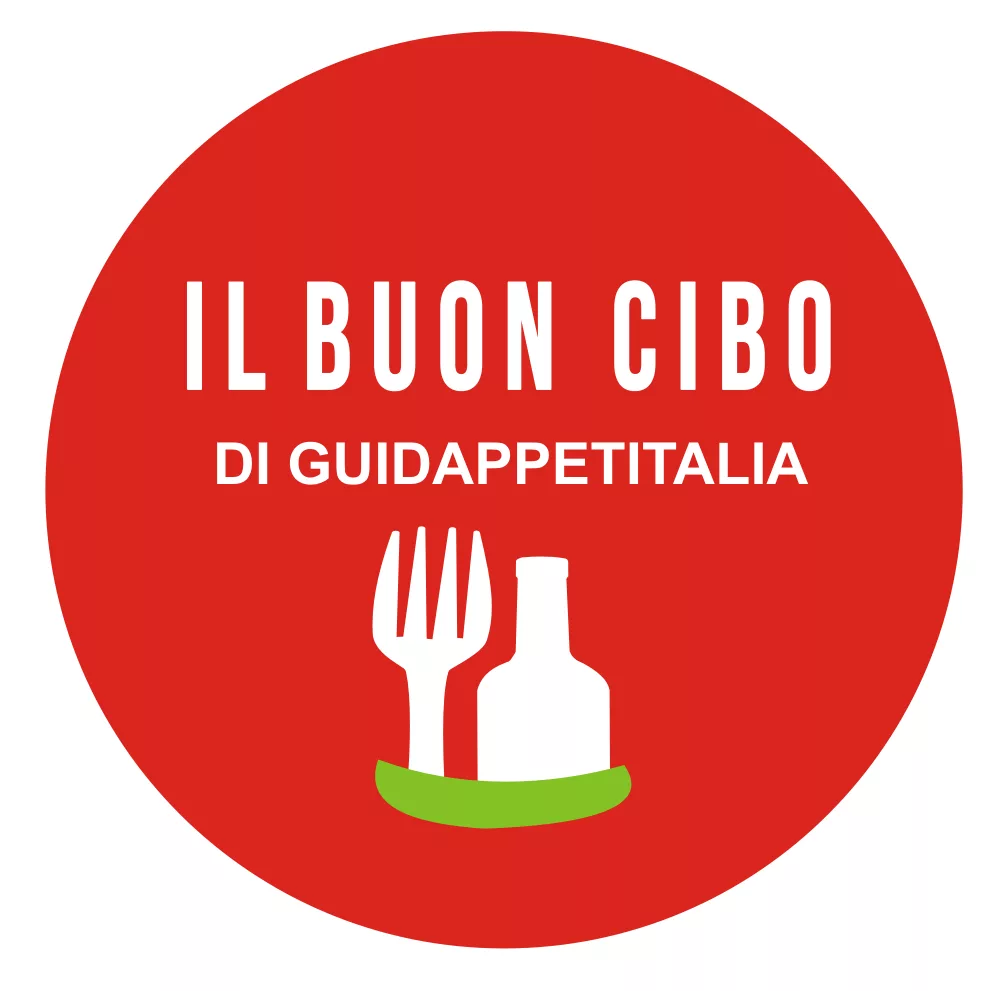I am Federico and after a long experience in the historic grocery store that my family has been running for generations, together with my friend Paolo, an agricultural entrepreneur, we founded Toscodoro in 2016. At the heart of our production lies a deep love for our land, the Valtiberina, a fertile and generous land that provides us with high-quality wheat, the basis of our pasta. Being born in the original hometown of Buitoni has given us the right spirit to tackle the challenge of producing artisanal pasta where each grain of wheat and every ingredient used in our recipes is the result of meticulous work that respects natural cycles and employs the most sustainable agricultural techniques. This commitment allows us to guarantee products that not only satisfy the most demanding palates but also respect the environment and consumers’ health.
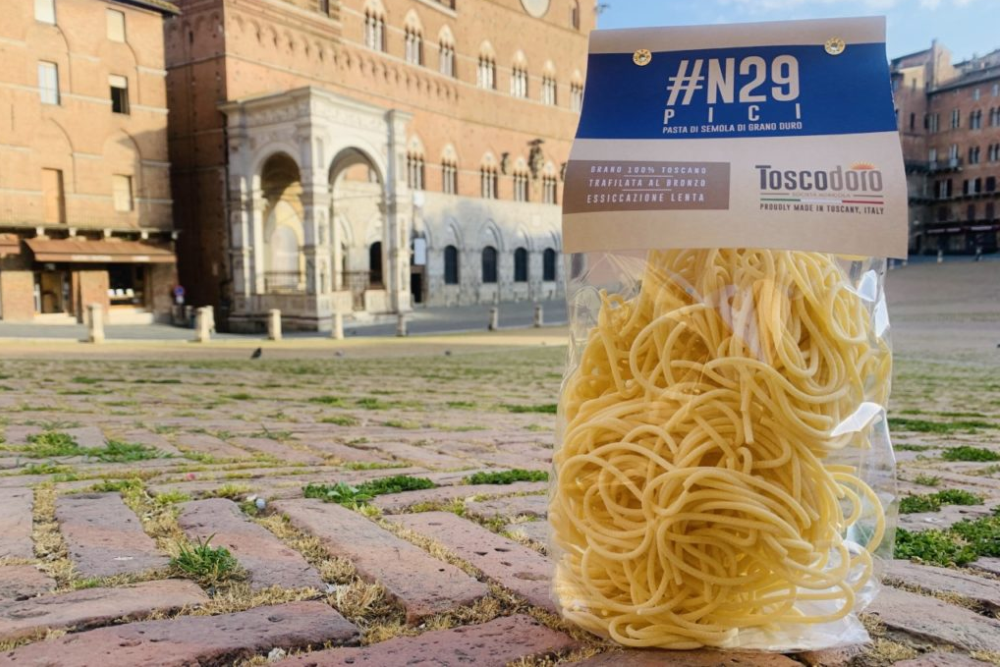
THE PRODUCTS
Our philosophy is to blend tradition and innovation in our products. As a production choice, we use bronze die extrusion, a process that gives the pasta a rough and porous surface, ideal for capturing sauces and enhancing every dish. This artisanal method, passed down through generations, imparts a unique texture and authentic flavor to the pasta. To preserve all the sensory qualities of our raw materials, the pasta is slowly dried at low temperatures. This process, which can last up to 48 hours, helps maintain the nutritional properties of the wheat and results in a final product with a rich taste and natural golden color.
The Toscodoro product range respects the culinary tradition of Tuscany, represented by Pici, Paccheri, Spaghetti, Calamarata, Tagliatelle, Pappardelle, Caserecce, Rigatoni, Penne, Fusilli, and Linguine.
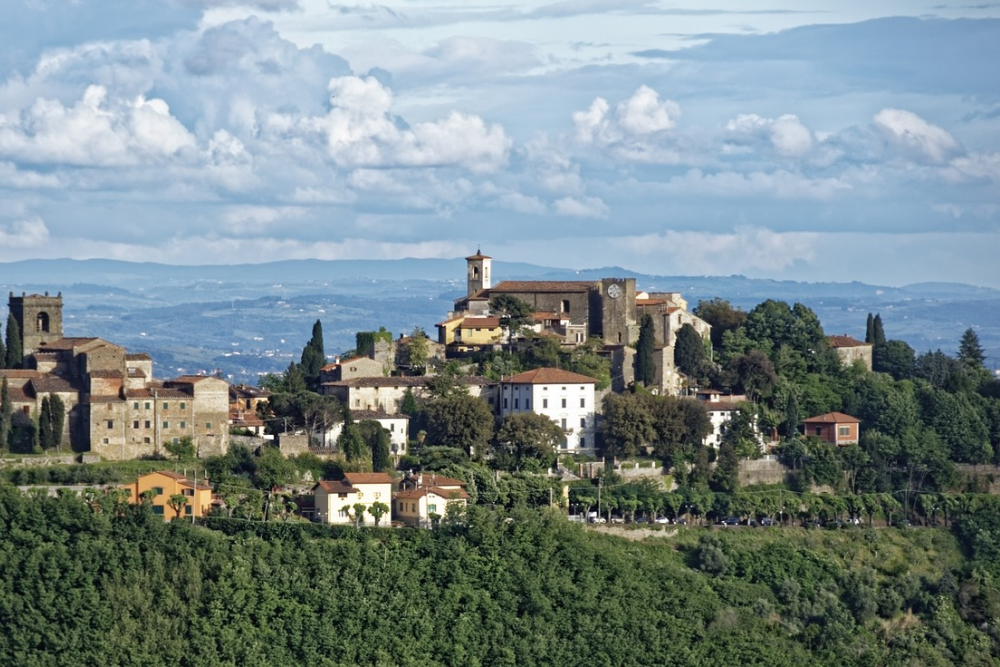
THE TERRITORY
The territory of Sansepolcro is dominated by hilly landscapes alternating between verdant valleys rich with olive groves, vineyards, and sunflower fields, and small mountains covered with chestnut and oak forests. This region, crossed by the Tiber River, offers an ideal habitat for a variety of local flora and fauna. The urban landscape is characterized by a wealth of historical architecture, with the historic center of Sansepolcro hosting many important buildings. The Abbey of Sansepolcro, founded in the 11th century, is one of these, along with the Renaissance-era Palazzo Comunale. Another point of interest is the Civic Museum of Sansepolcro, which houses many works by the famous Renaissance painter Piero della Francesca, who was born here. Sansepolcro is also renowned for its culinary traditions. The area is known for its high-quality products such as olive oil, wines, mushrooms, truffles, and a variety of local cured meats and cheeses.
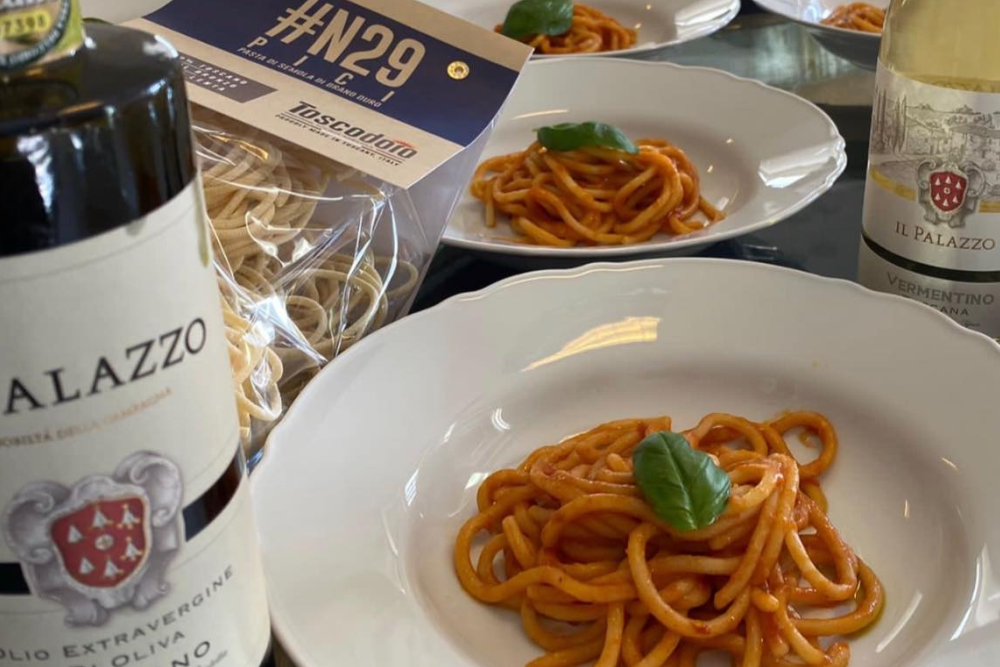
PAIRINGS
Pici all’aglione: This is one of the most classic recipes, where Pici pasta is dressed with a tomato and garlic sauce, known in Tuscany as “aglione”. This dish pairs perfectly with a full-bodied Tuscan red wine, such as Chianti Classico or Brunello di Montalcino.
Pici al ragù di cinghiale: In this dish, Pici pasta is served with a ragù made from wild boar meat, a widely used ingredient in Tuscan cuisine. This rich and robust dish pairs well with a structured red wine, such as Morellino di Scansano.
Pici cacio e pepe: A Tuscan version of the classic Roman dish, where Pici pasta is seasoned with Tuscan pecorino cheese and black pepper. This dish pairs nicely with a medium-bodied white wine, such as Vernaccia di San Gimignano.
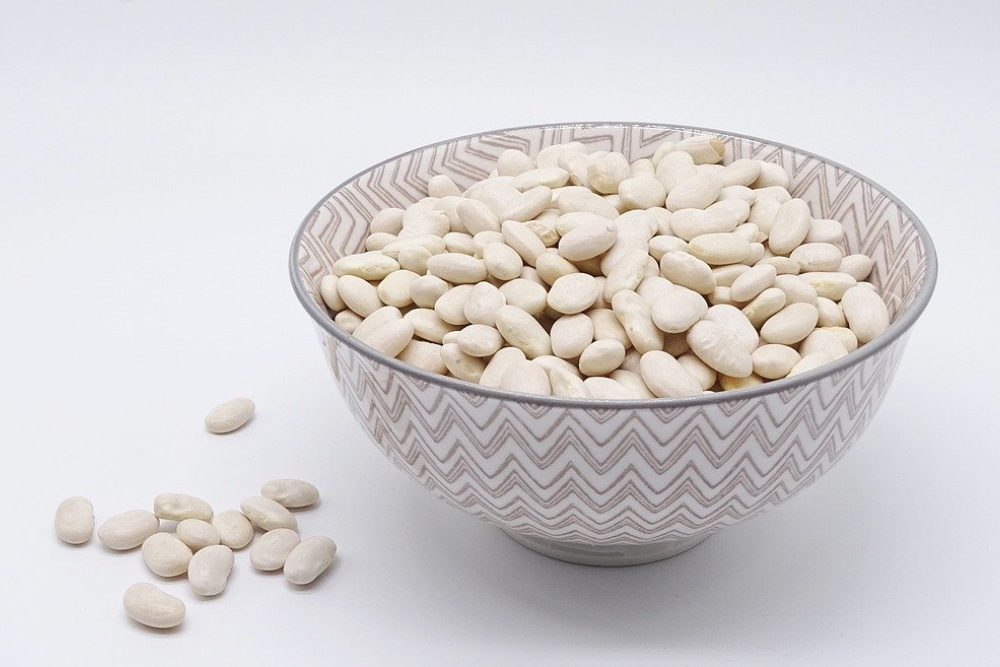
LOCAL CUISINE
To lovers of earthy products, we recommend a characteristic local dish that features Fagioli di Sorana. These small white treasures, carefully harvested in the Sorana region, are renowned for their delicacy and velvety texture, and they are the undisputed protagonists of the soup, whose subtle and soft flavor captivates every palate. The beans are mixed in a smoking pot, ideally over a wood fire in a fireplace, and they are accompanied by rustic Tuscan bread, garlic sliced into small cloves, and sprigs of rosemary, all in extra virgin olive oil from Tuscany. The Zuppa di Fagioli di Sorana is not just a dish; it is a journey into the heart of Tuscany, an experience that speaks of land, family, and tradition. A soup that, with its simplicity, manages to win over the hearts of all who taste it.

